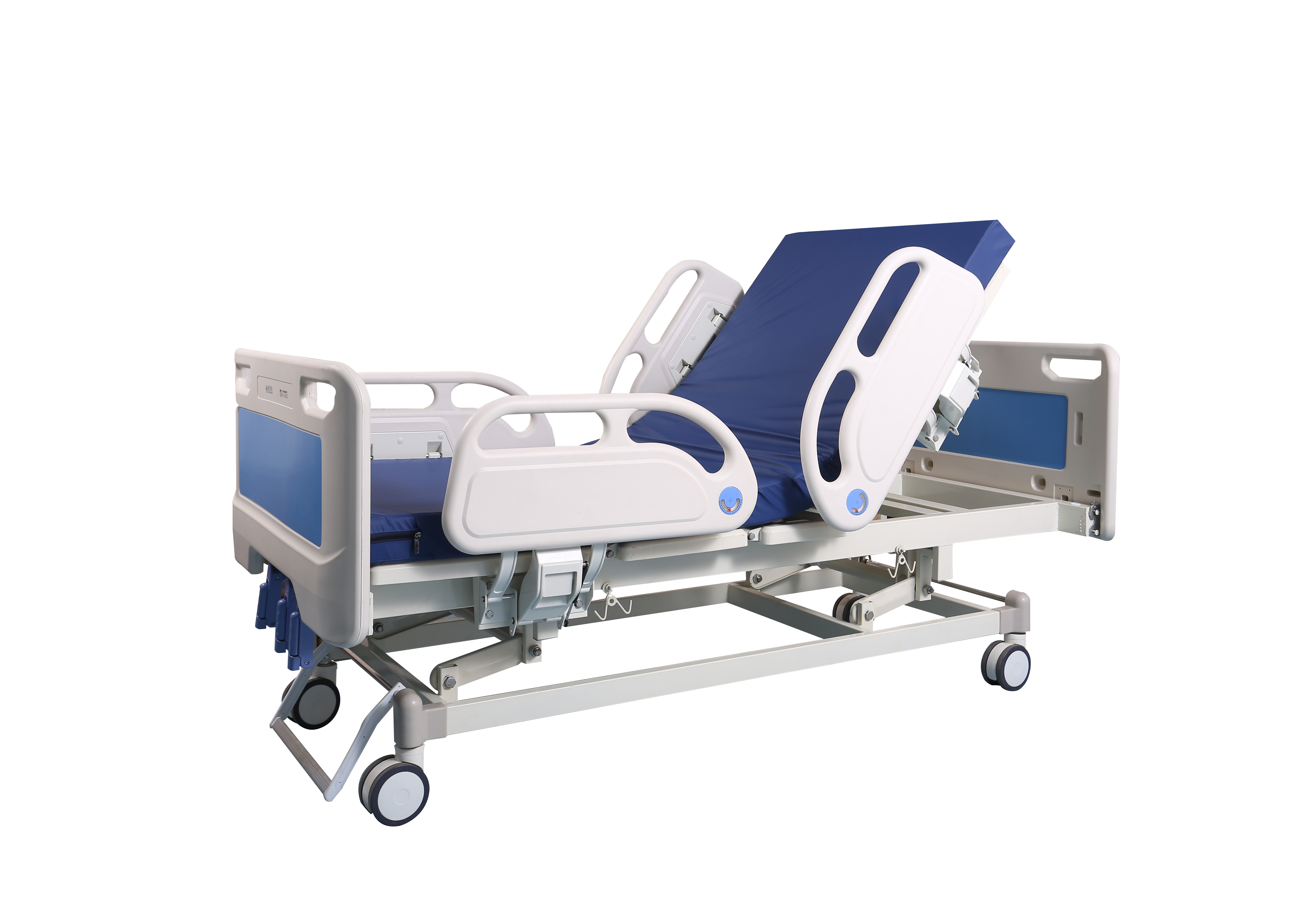Welcome to our websites!
medical oxygen accessories
Understanding Medical Oxygen Accessories A Comprehensive Overview
Medical oxygen plays a crucial role in the treatment of various respiratory conditions, ensuring that patients receive the necessary oxygen levels for their health and wellbeing. However, effective delivery of this essential gas often relies on a variety of accessories designed to enhance its administration, improve patient comfort, and ensure safety. Understanding these accessories is pivotal for both healthcare professionals and patients who depend on oxygen therapy.
Types of Medical Oxygen Accessories
1. Oxygen Masks Oxygen masks are essential components used to deliver high concentrations of oxygen directly to the patient. There are different types, including simple masks, venturi masks, and non-rebreather masks. Simple masks provide a moderate concentration of oxygen, while venturi masks allow for more controlled delivery, useful for patients with specific respiratory needs. Non-rebreather masks offer the highest level of oxygen concentration and are used in emergency situations.
2. Nasal Cannulas This accessory consists of a thin tube placed in the nostrils, allowing for the direct delivery of oxygen. Nasal cannulas are popular for their comfort and ease of use, particularly for patients with chronic conditions that require long-term oxygen therapy. They can deliver oxygen at various flow rates and are less obtrusive than full masks.
3. Oxygen Concentrators These devices extract oxygen from the surrounding air, filtering out nitrogen and other gases. Oxygen concentrators are vital for patients requiring continuous oxygen therapy, offering a reliable and portable means of obtaining medical oxygen without the need for bulky tanks. They can be used in home and hospital settings, providing a steady supply of oxygen.
4. Oxygen Cylinders and Tanks Compressed oxygen can be stored in cylinders, allowing for portable oxygen therapy. These tanks come in various sizes and pressures, making them suitable for different situations. Oxygen cylinders must always be handled carefully, ensuring proper storage and regular inspections to prevent leaks and other hazards.
medical oxygen accessories

5. Flow Meters and Regulators These devices control the flow of oxygen from the tank or concentrator to the patient. Flow meters allow healthcare providers to adjust the oxygen concentration according to individual patient needs. Regulators ensure a consistent flow and pressure, which is crucial for safety and efficacy.
Benefits of Medical Oxygen Accessories
The use of medical oxygen accessories enhances the efficacy of oxygen therapy and contributes significantly to patient care. By providing the correct delivery method, healthcare professionals can ensure that patients receive the appropriate amount of oxygen tailored to their specific needs. Furthermore, modern accessories are designed for user comfort, helping patients maintain a higher quality of life while managing their respiratory conditions.
Challenges and Considerations
While medical oxygen accessories are vital, there are challenges associated with their use. It is essential for patients and caregivers to understand how to properly use these devices to avoid complications such as oxygen toxicity or carbon dioxide retention. Regular training and education are necessary for both medical personnel and patients to ensure safe and effective oxygen therapy.
Conclusion
In summary, medical oxygen accessories are integral to the delivery of oxygen therapy, enhancing patient care and managing health conditions effectively. With various options available - from masks and nasal cannulas to concentrators and flow regulators - understanding how to use these accessories correctly is essential for anyone involved in administering or receiving oxygen therapy. As advances in technology continue to improve oxygen delivery systems, it is important for patients and healthcare providers alike to stay informed about best practices and innovations in the field of respiratory care.
-
Transforming Healthcare with Hospital FurnitureNewsJun.24,2025
-
Rehabilitation EquipmentNewsJun.24,2025
-
Mobility and Independence with WheelchairsNewsJun.24,2025
-
Freedom of Mobility with Our Rollator WalkersNewsJun.24,2025
-
Comfort and Independence with Commode ChairsNewsJun.24,2025
-
Bathing Safety and Independence with Shower ChairsNewsJun.24,2025
-
Navigating the Wholesale Landscape of Electric Mobility Solutions: Key Considerations for Power Wheelchair DealersNewsJun.10,2025











